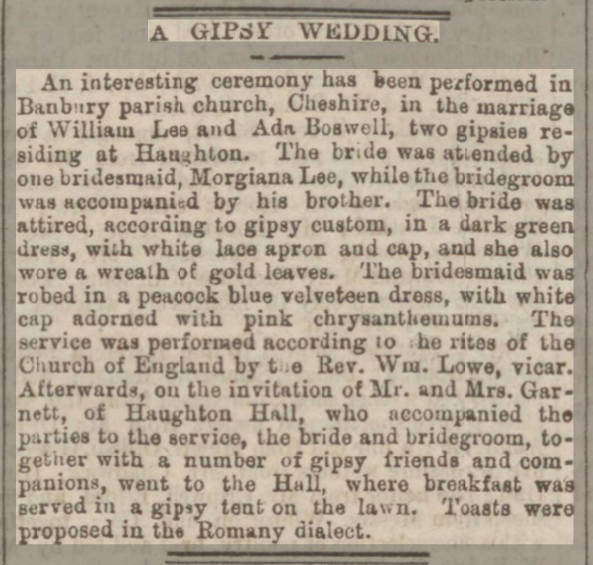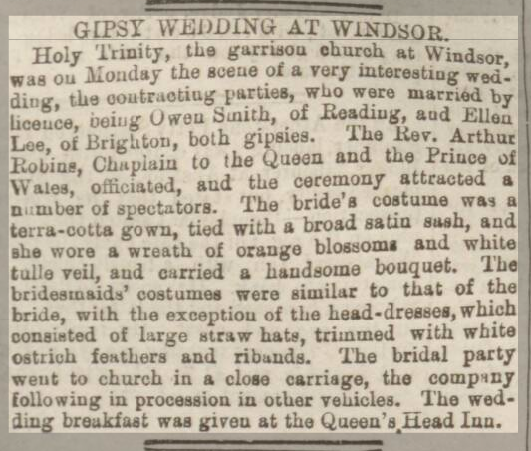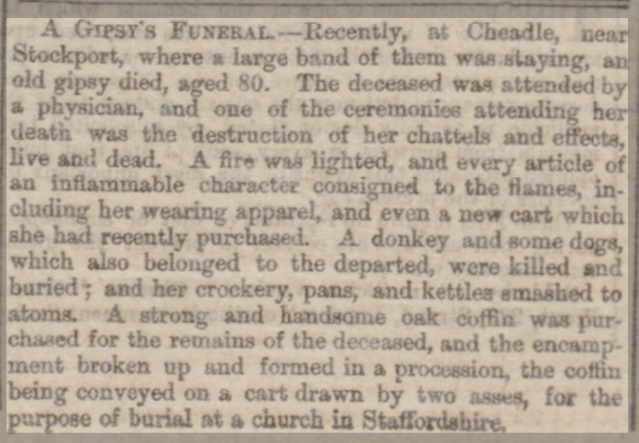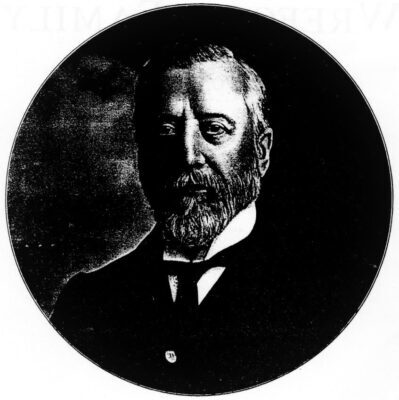
Cute pic, huh?
On the back, someone has written in pencil, ‘Daphne & Gwen at Mt Cook’. This information is repeated underneath in my grandmother’s unmistakable pen scrawl (presumably in case the pencil faded) before adding ‘1939’.
Gwen, on the right is my grandmother, and on the left is Daphne, her best friend.
I know this because Grandma often spoke of her ‘best friend, Daphne’. I wish I could remember the stories – unfortunately, I don’t – but I definitely remember her name, Daphne. So when I came across this photograph again, I decided to learn a bit more about the woman who featured heavily in Grandma’s early life. I messaged my father and asked if he knew her surname. Morrison. She became a doctor and married a doctor, and Dad thought her married name was Adams.
Googling ‘Dr Daphne Morrison New Zealand’ resulted in only 2 appropriate hits. The first, a brief mention in what appears to be the ‘women’s section’ of The Press newspaper on Boxing Day, 1944. (It was interesting to see the surrounding wartime articles and advertisements aimed at women on the full page.

Dr. Daphne Morrison, who has been assistant house surgeon at Dunedin during this year, is visiting Picton for a week or two before taking up her new duties as house surgeon at the Waikato Hospital.
Second, a page on genealogieonline with her bmd information which showed Dad was correct – she was a doctor who did indeed marry a Dr Adams.
Of course, without confirmation I can’t be completely sure but the dates and places were very similar to my grandmother’s. My ancestry search didn’t yield anything although when I googled ‘Daphne Phyllis Morrison’ this information was found on the ancestry site. I’m not sure what I’m doing wrong, but I am still unable to find records or trees relating to Daphne despite this information apparently being there.
I found some other information here where it says she had 7 grandchildren but the ancestry links suggest that none are still alive (which I don’t really believe). So I post this information in the hopes that a family member may contact me for more adorable pictures of Daphne and Gwen’s friendship and perhaps have some of their own to share with me.




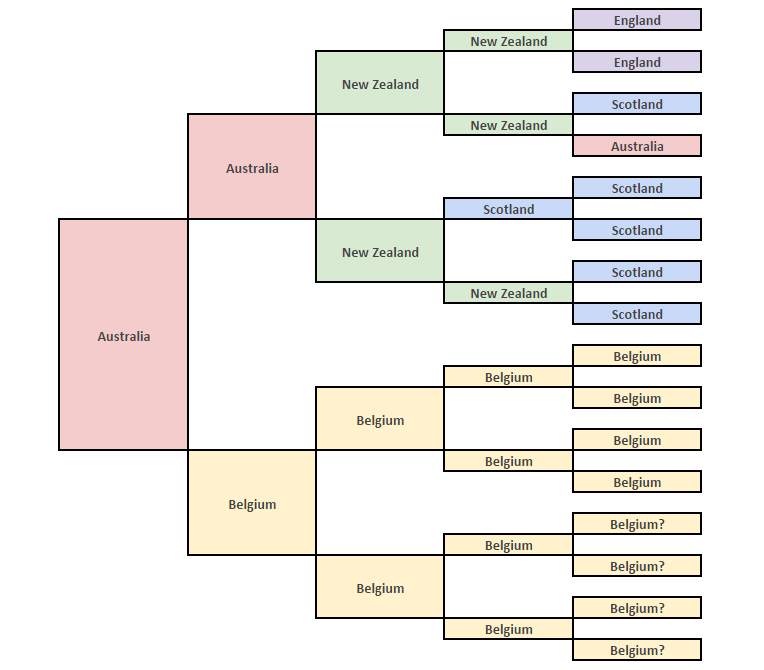 My husband’s pedigree:
My husband’s pedigree:

